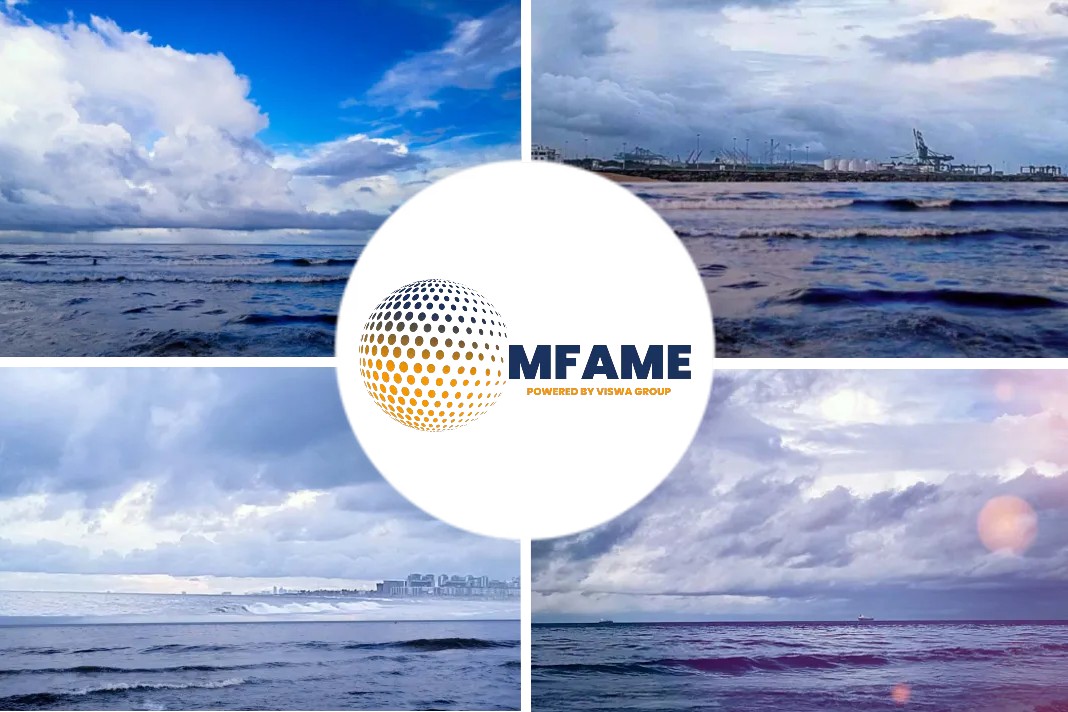
The Mærsk Mc-Kinney Møller Center for Zero Carbon Shipping has identified blue and electro ammonia as potential low-emission alternative fuel pathways, according to the Center’s release. The emissions profile for ammonia fuels is currently unknown, as ammonia engines are still under development. However, emissions from ammonia internal combustion engines (ICEs) may present safety, climate, and regulatory risks, necessitating onboard vessel emission management technologies and solutions.
Emission Risks Unknown
While ammonia combustion presents emission risks that are not fully known today, a combination of emission management technologies are already available or under development. A dedicated MMMCZCS working group was established to study potential emission scenarios for ammonia ICEs and technologies that can reduce emissions to acceptable levels. Ammonia slip is highly toxic, presenting a safety risk for crew and passengers on board the vessel. NOX formed by incomplete ammonia combustion presents a health risk to local communities where vessels operate and must be managed to maintain regulatory compliance. N2O is a potent greenhouse gas (GHG) impacting the global climate (1 gram of N2O is equivalent to 265 grams of CO2).
Managing Ammonia Emissions
Some emission management technologies are already commercially available for maritime use, including reliquefication and selective catalytic reduction (SCR). Others are based on existing maritime or shore-based concepts that need to be adapted for ammonia as a fuel, including engines, gas combustion units (GCU)/ boilers, catalysts, and water catchers/chemical absorbers.
Industry Wide Collaborations
There is a need to be conservative when defining guidelines as an additional safeguard. Thus, low limits are generally included in Classification Society (Class) guidelines, ahead of mandatory International Maritime Organization (IMO) instruments in response to the industry’s interest in ammonia as a fuel. The operational ammonia limits defined in existing Class guidelines vary. Coordinated alignment on thresholds for adequate risk management is required to secure standardization and industry guidance.
Did you subscribe to our Newsletter?
It’s Free! Click here to Subscribe!
Source: Cyprusshippingnews

















